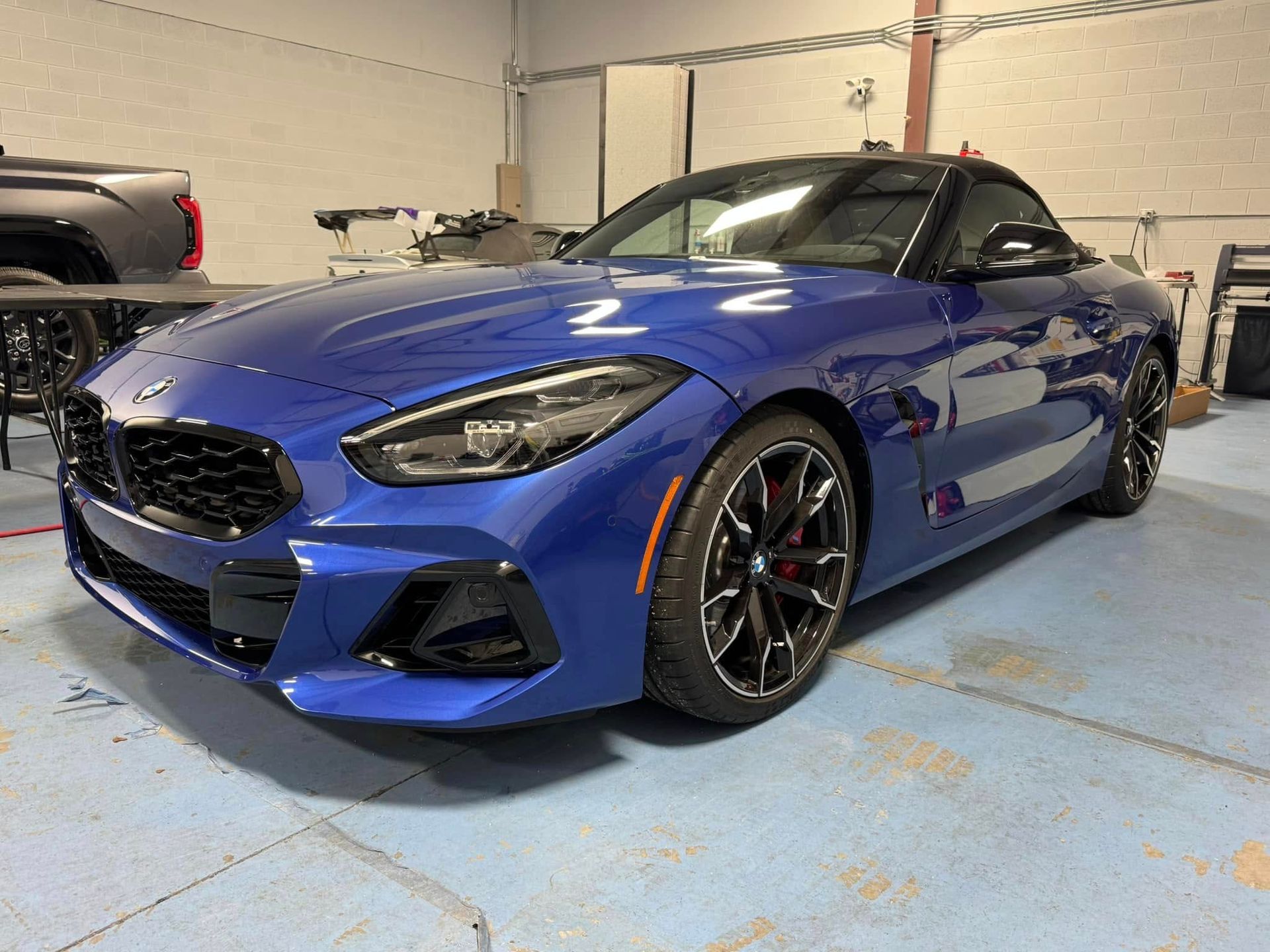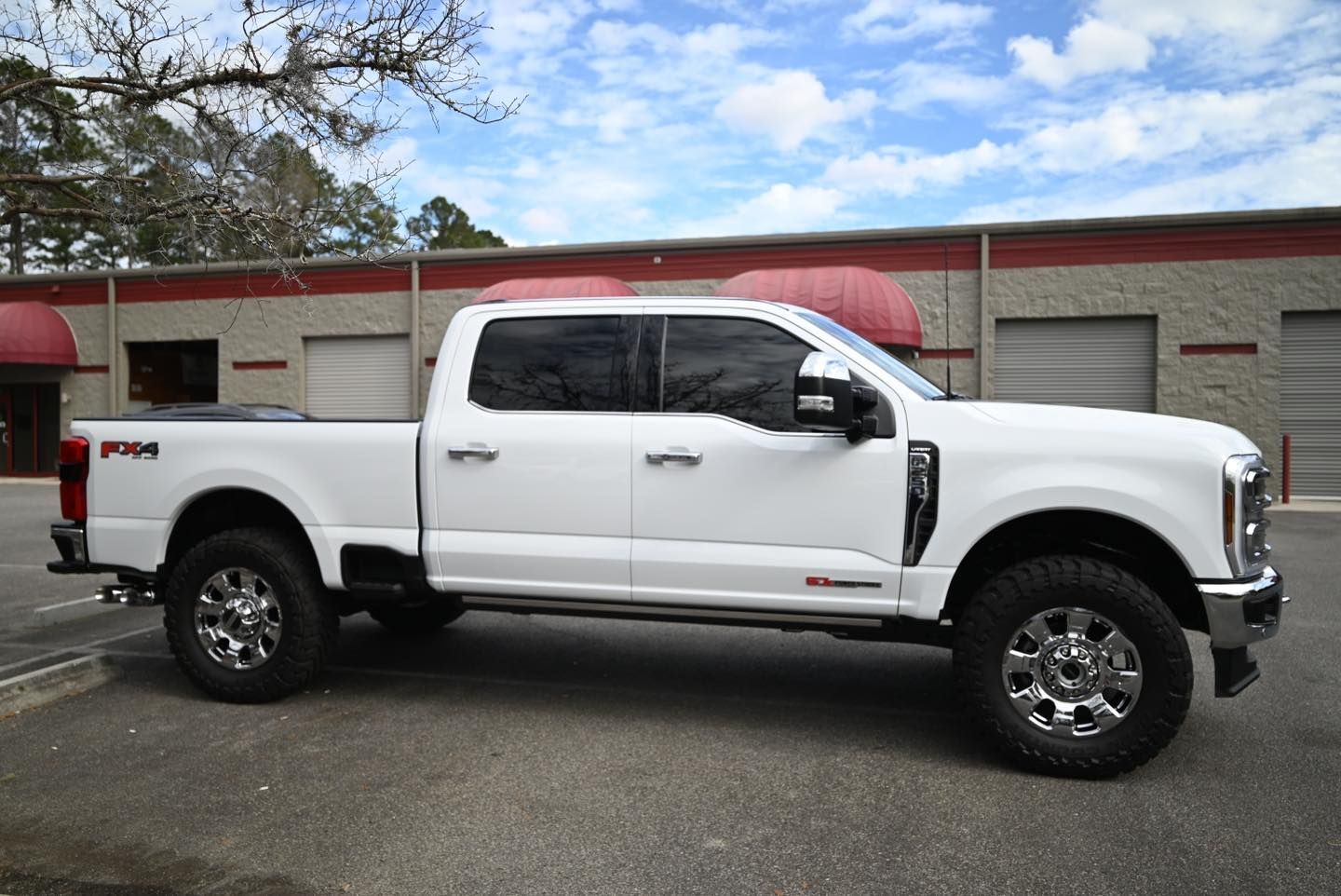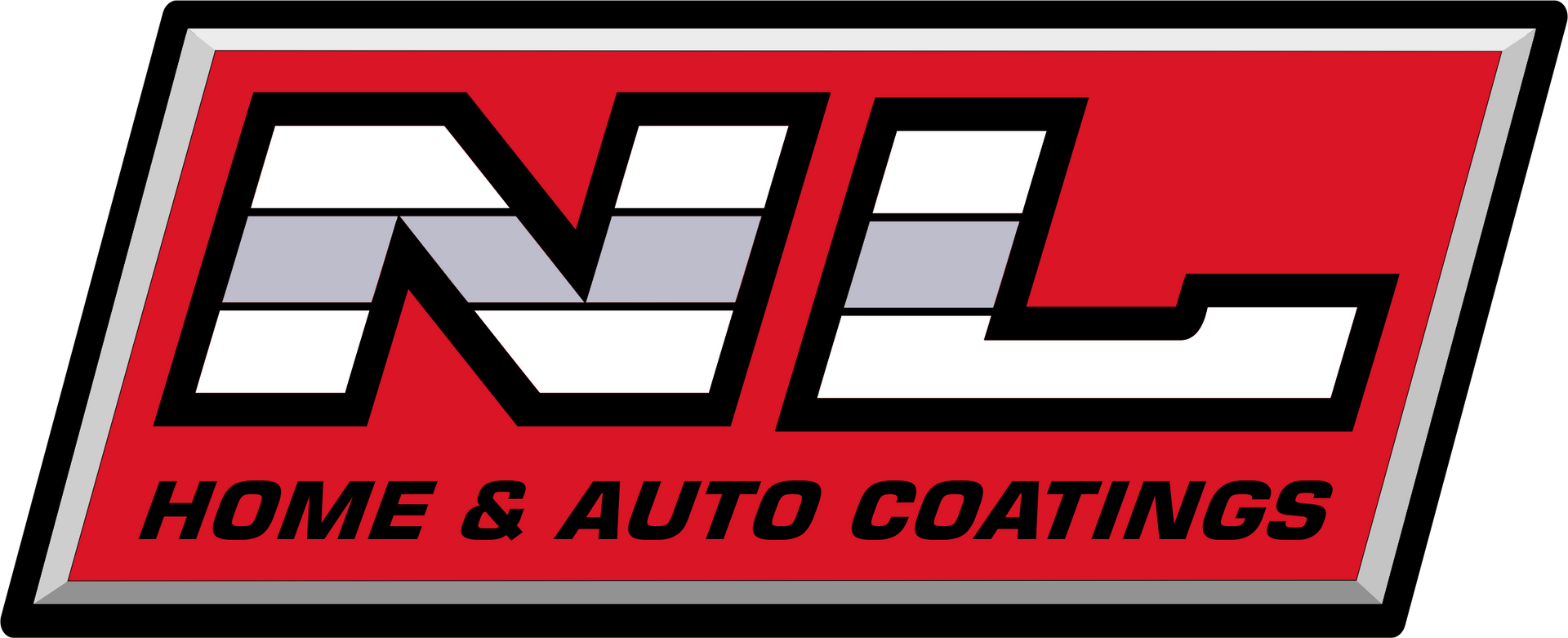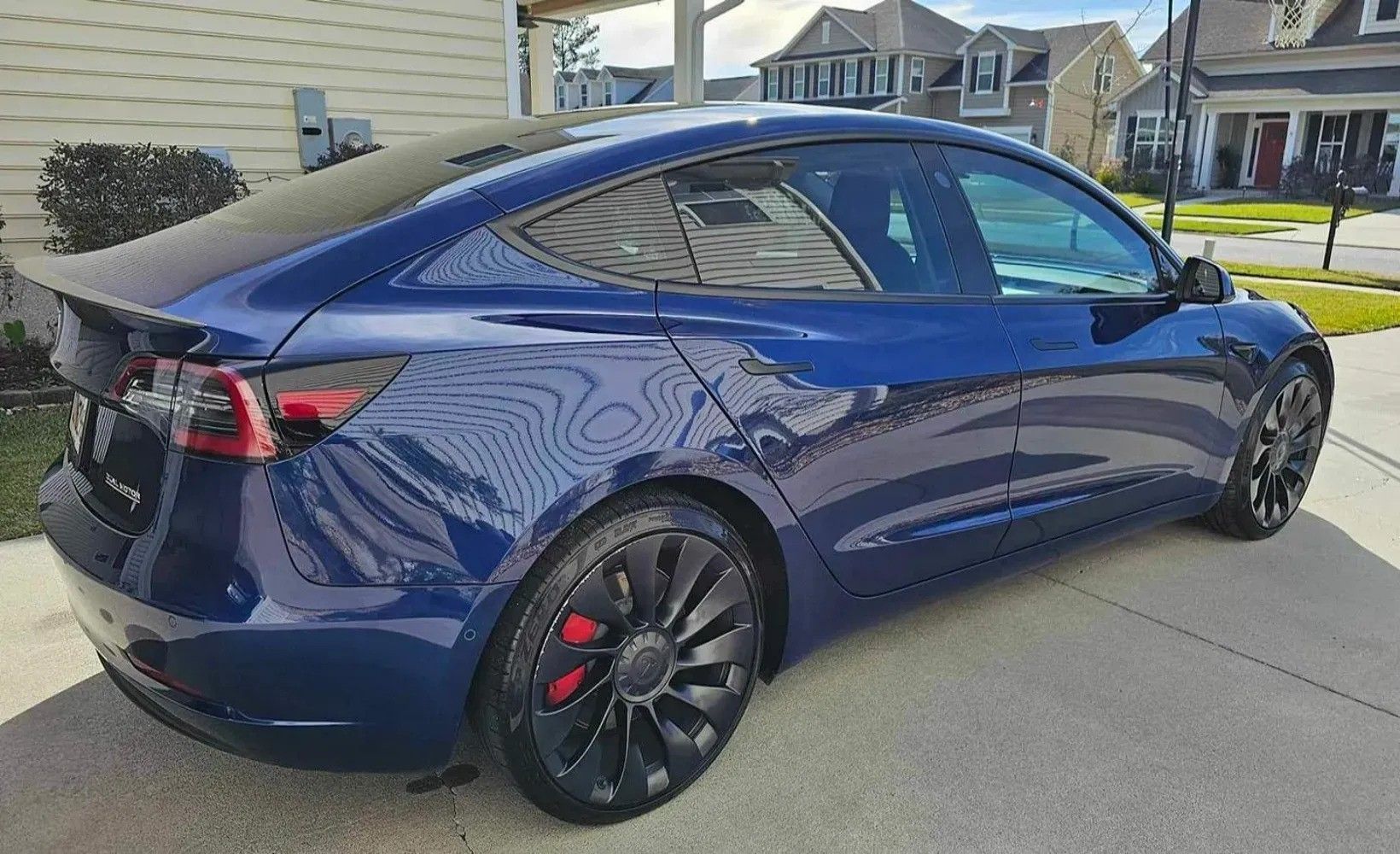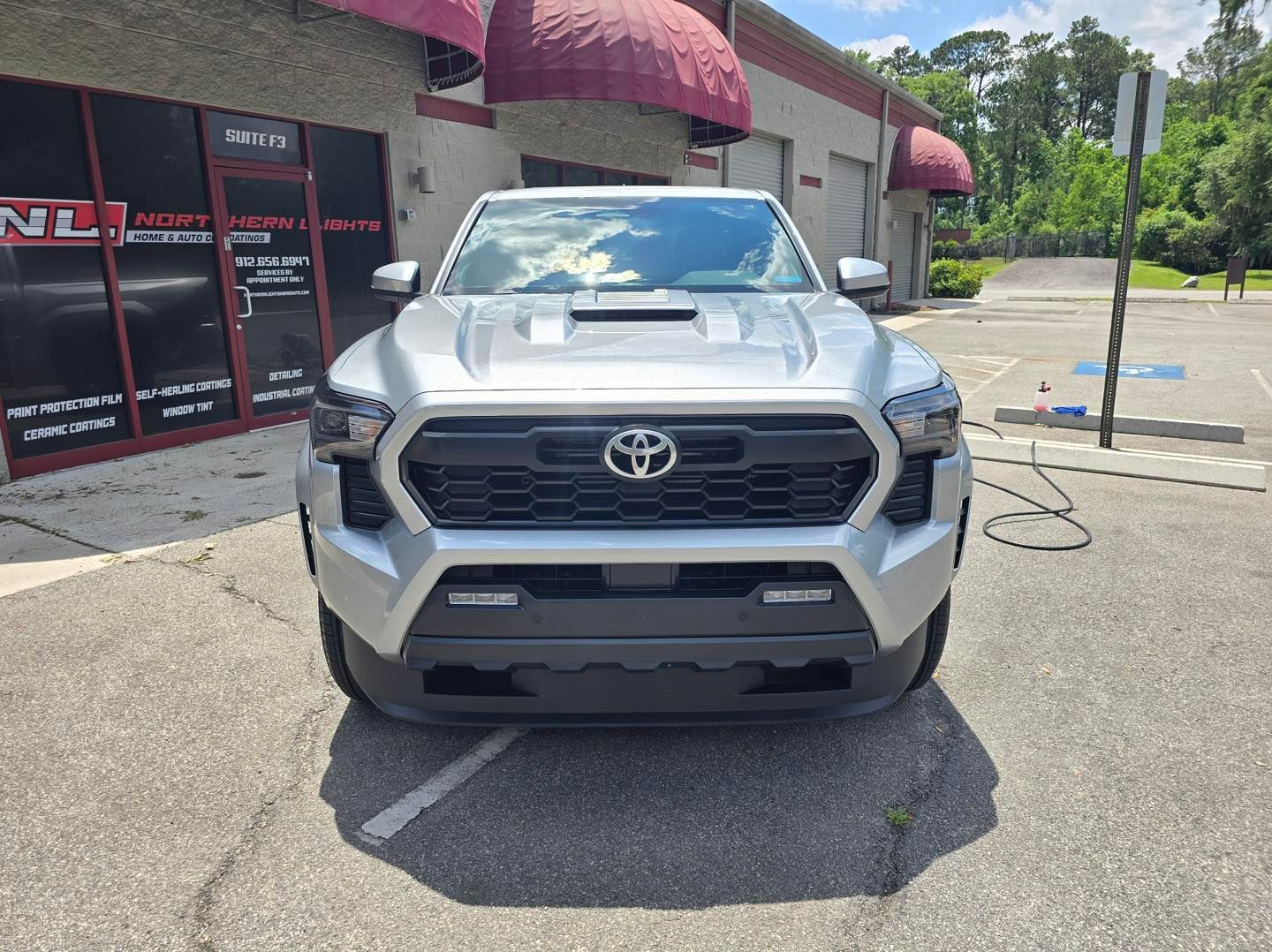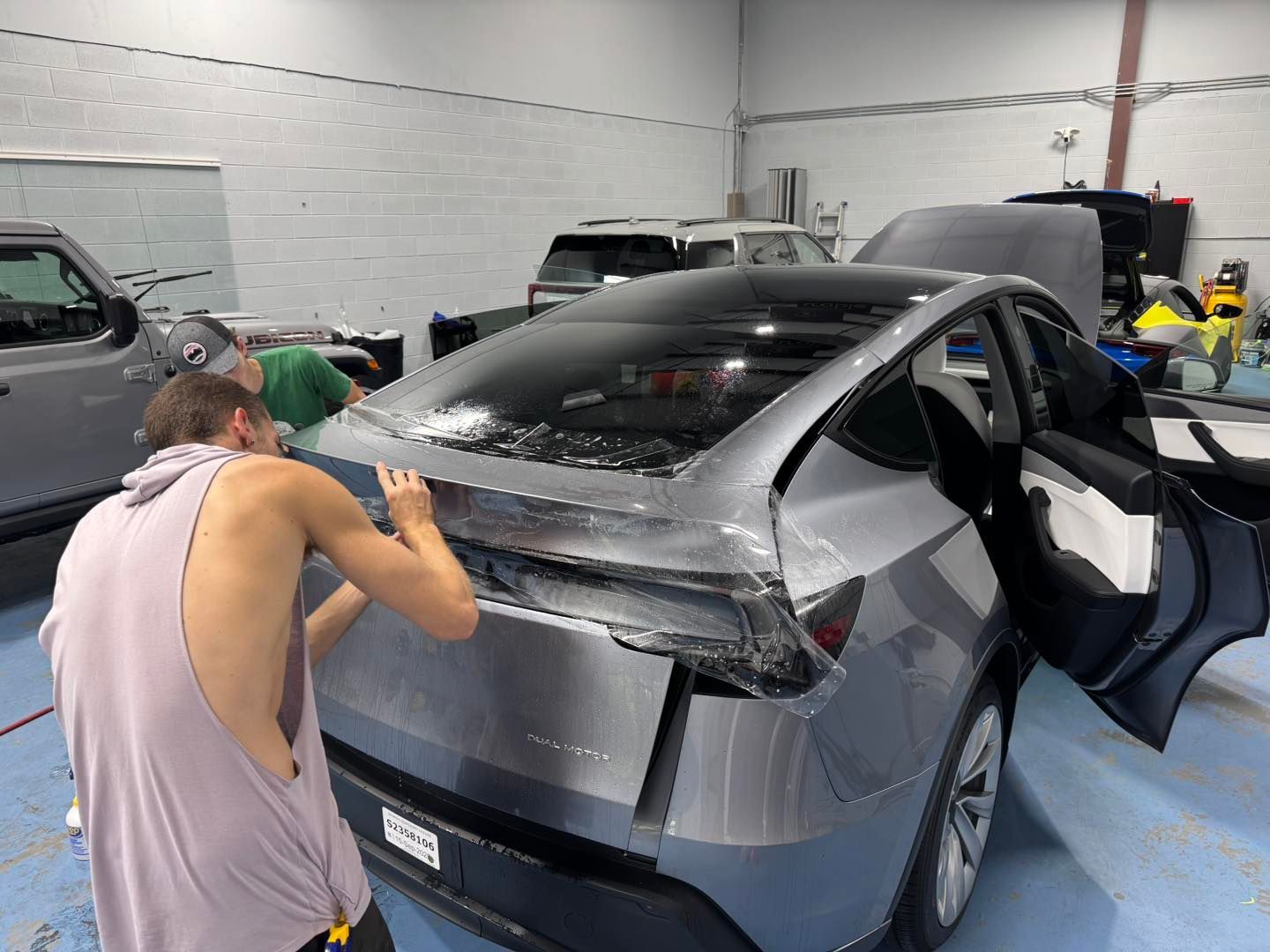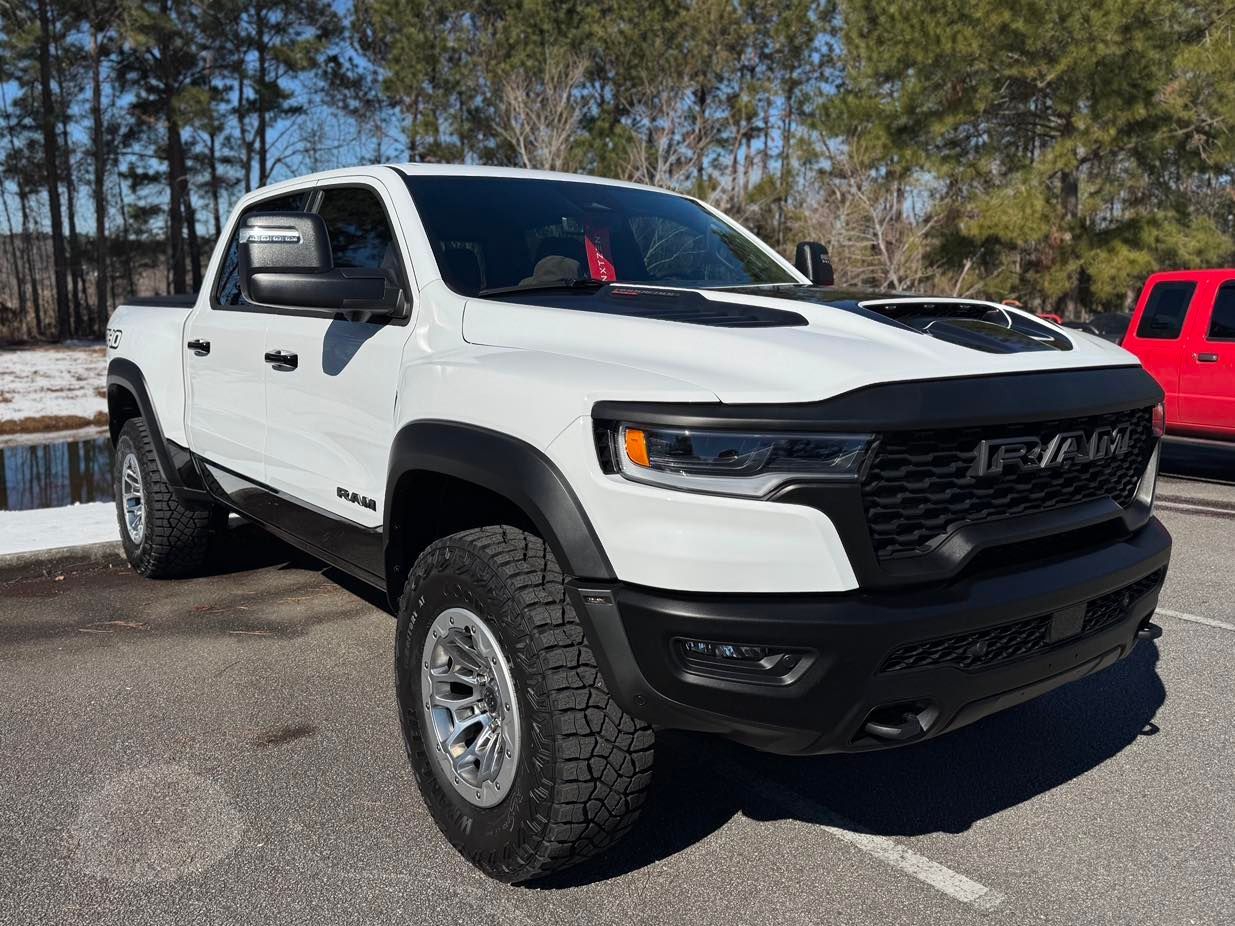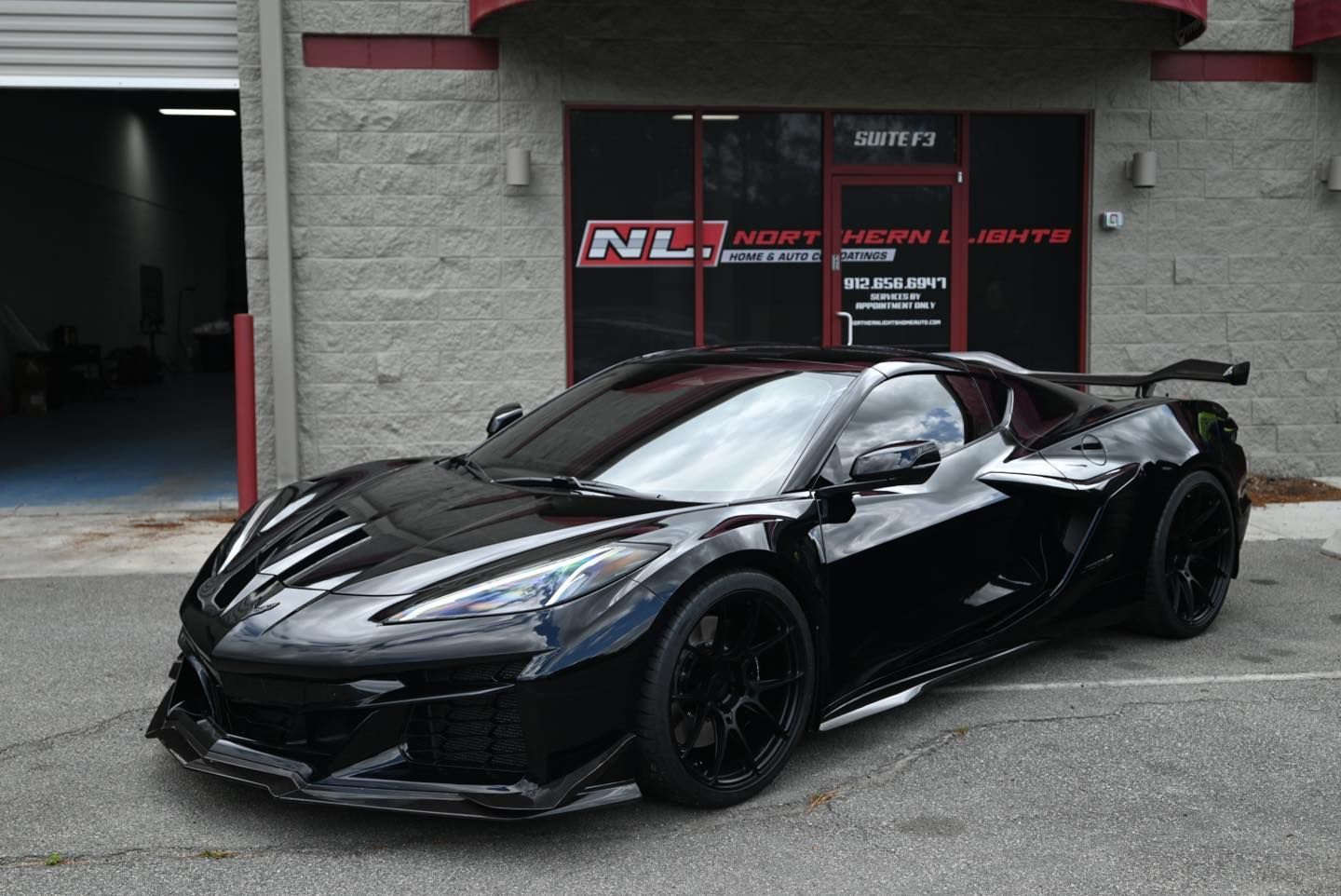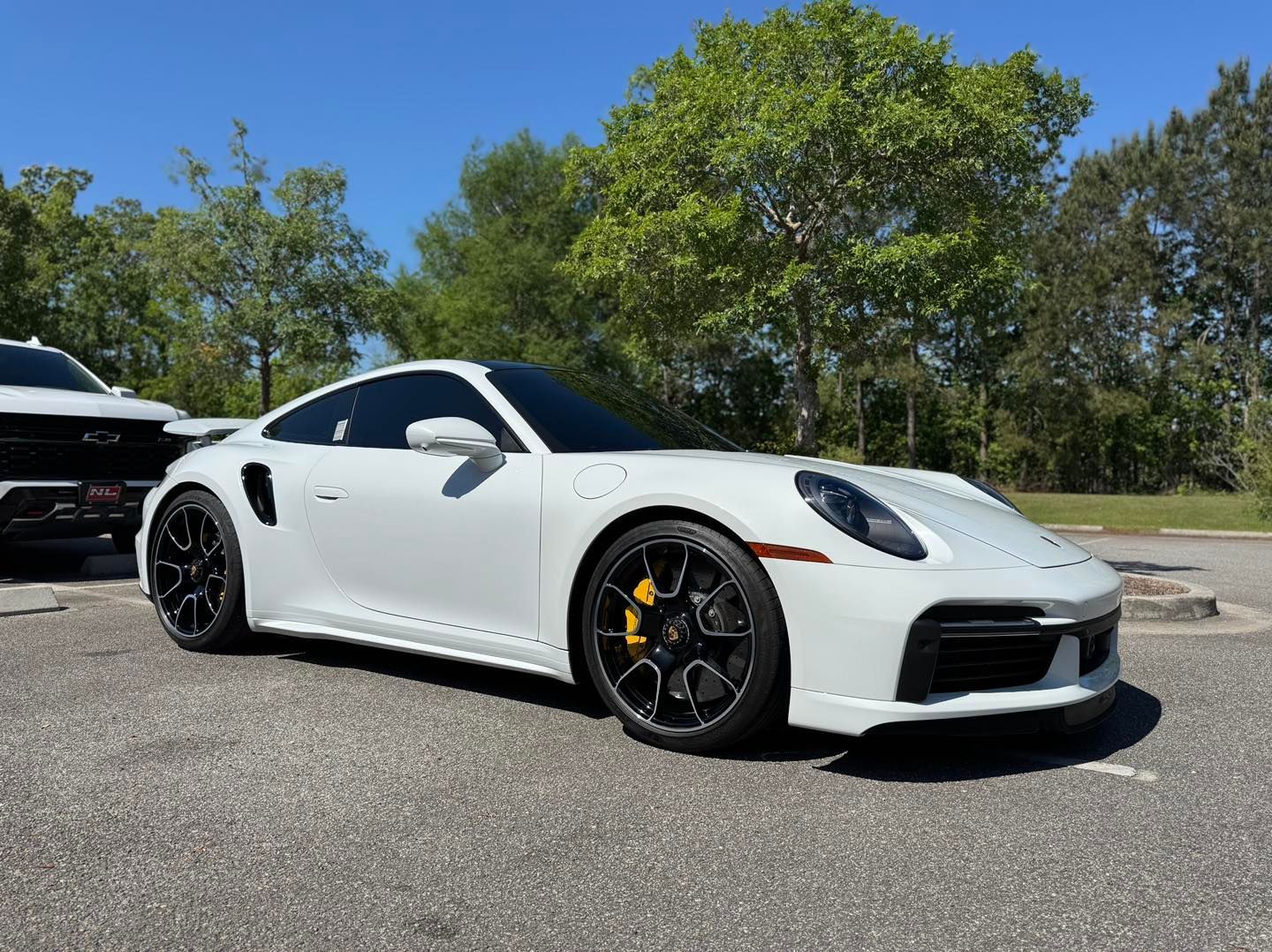How Ceramic Coating Protects Your Vehicle from Environmental Damage: The Ultimate Guide
Worrying about how to keep your new car looking flawless amidst relentless sun exposure, bird droppings, and acid rain can be overwhelming. For many car enthusiasts like yourself, maintaining that glossy paint finish becomes more than just a hobby—it's a necessity. This quest for impeccable protection often leads vehicle owners to explore advanced solutions such as ceramic coating.
Ceramic coating acts as a durable, hydrophobic barrier that shields your vehicle's paint from harmful environmental elements such as UV rays, acid rain, bird droppings, and tree sap. By forming a strong bond with the paint surface, it minimizes the risk of oxidation, chemical staining, and water spotting, ensuring long-lasting protection and maintaining the vehicle's aesthetic appeal. In this blog post, we will discuss how ceramic coating protects your vehicle from environmental damage!
What is Ceramic Coating?
At its core, ceramic coating is a liquid polymer meticulously applied to the exterior surfaces of a vehicle. Unlike traditional wax or sealant, which merely sits atop the paint, ceramic coating forms a permanent or semi-permanent bond with it. This innovative approach ensures that the protective layer adheres fully to the paint, creating an incredibly durable shield against environmental hazards such as dirt, grime, and UV rays.
The advanced formula behind ceramic coatings typically comprises silica dioxide (SiO2), which plays a crucial role in establishing that hard, resilient layer once it cures. This interaction between the polymer and the paint surface generates a robust barrier that resists scratches and oxidation, safeguarding the integrity of your car's finish.
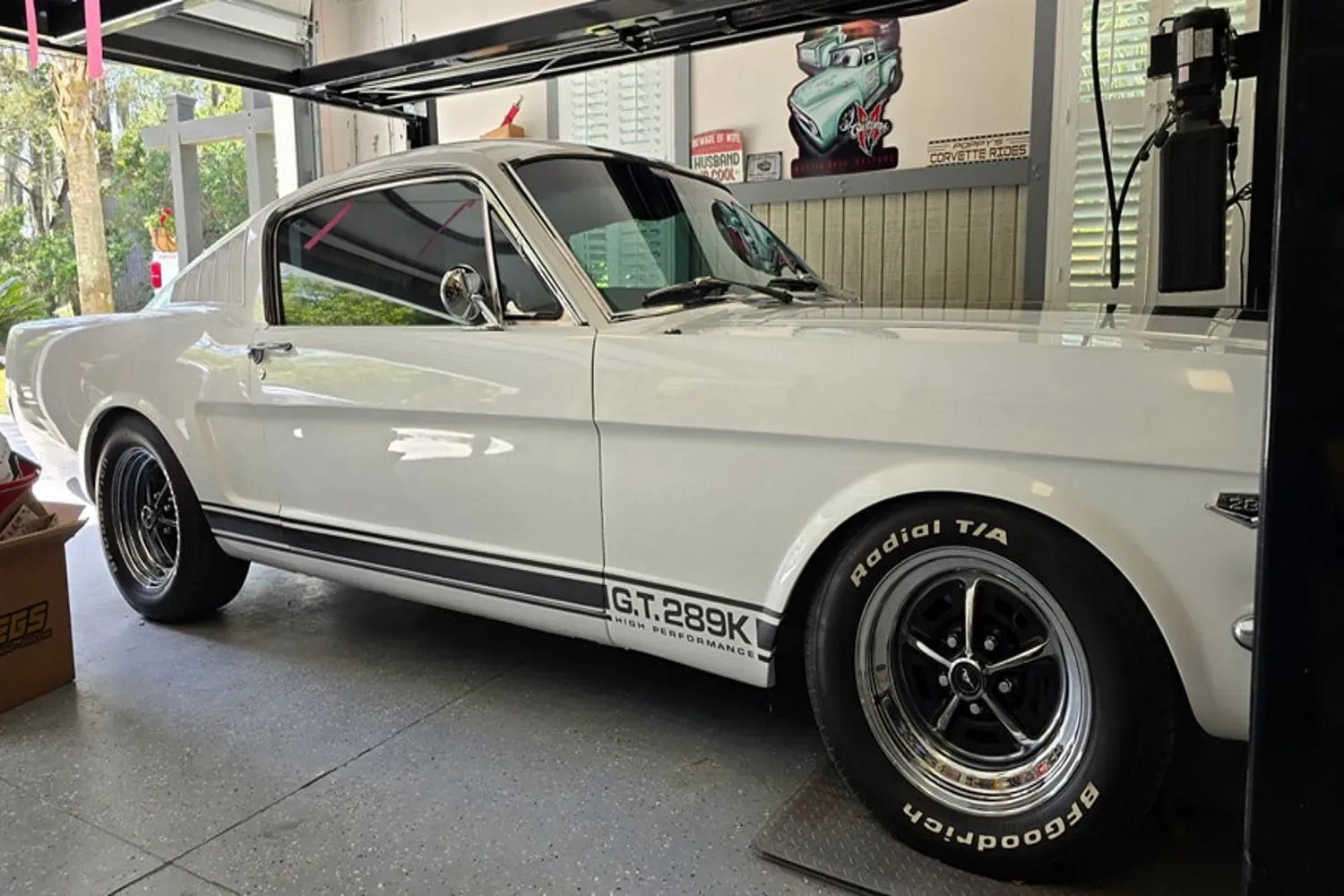
How Can Ceramic Coating Protect Your Vehicle from Environmental Damages?
Ceramic coating provides your vehicle with an environmental barrier, protecting it against environmental damage such as UV rays, acid rain, bird droppings, and road salt that could otherwise lead to faded paint, corrosion, or oxidation over time. Ceramic coatings also make cleaning easier by reducing the adhesion of grime and debris, making for easier maintenance and extended paint life with a lasting showroom finish for years!
Protection from UV Damage
One of the most significant
advantages of ceramic coatings is their ability to shield your vehicle from harmful ultraviolet (UV) rays. Without proper protection, paint surfaces lose their brilliance and can develop a dull, washed-out appearance. This deterioration occurs because UV rays break down the chemical bonds in the paint, leading to an ugly surface condition that many drivers want to avoid.
Studies show that untreated vehicles receiving direct sunlight daily may begin to display noticeable signs of oxidation after only six months. With a ceramic coating, however, cars maintain their glossy finish and protective layer for much longer.
If you frequently park outdoors—whether at the office, the mall, or on a summertime road trip—you can significantly benefit from this defense mechanism. Vehicles parked in direct sunlight for extended periods are especially prone to UV degradation. Ceramic coatings, by creating a robust barrier on your car’s surface, greatly reduce this risk.
Understanding how these coatings work in protecting against UV damage prepares us to explore their remarkable capabilities in resisting water and dirt—further enhancing your vehicle's durability and appearance.
Resistance to Water, Dirt, and Debris
One of the standout features of ceramic coating is its hydrophobic properties, which create a formidable barrier between your vehicle's surface and the elements.
This means that when rain hits your car, instead of forming puddles or settling into the paint, the water beads up and rolls off effortlessly. This simple phenomenon is not just satisfying to watch—it's functional as well. As these water droplets glide over your car's surface, they carry dirt and grime with them, effectively washing away light debris without you having to lift a finger.
The durability of this hydrophobic effect sets ceramic coatings apart from traditional waxing methods. While wax can provide some level of water resistance, it typically only lasts a few months before requiring reapplication. In contrast, ceramic coatings deliver long-lasting protection that can endure for years, keeping your car cleaner between washes.
Additionally, there are further implications regarding how this coating interacts with environmental factors. The resilience provided by ceramic coating not only helps maintain that just-washed look but also minimizes potential damage from contaminants like bird droppings, tree sap, and road salt. Traditional surfaces may allow these substances to settle in and cause staining or degradation; however, with a ceramic-coated surface, these threats are much more manageable.
The hydrophobic effects of ceramic coating play a vital role in maintaining your vehicle’s aesthetic appeal while enhancing its protective qualities. Not only does this reduce the need for cleaning—allowing you more time for life’s important moments—but it also bolsters defenses against potential environmental damage.
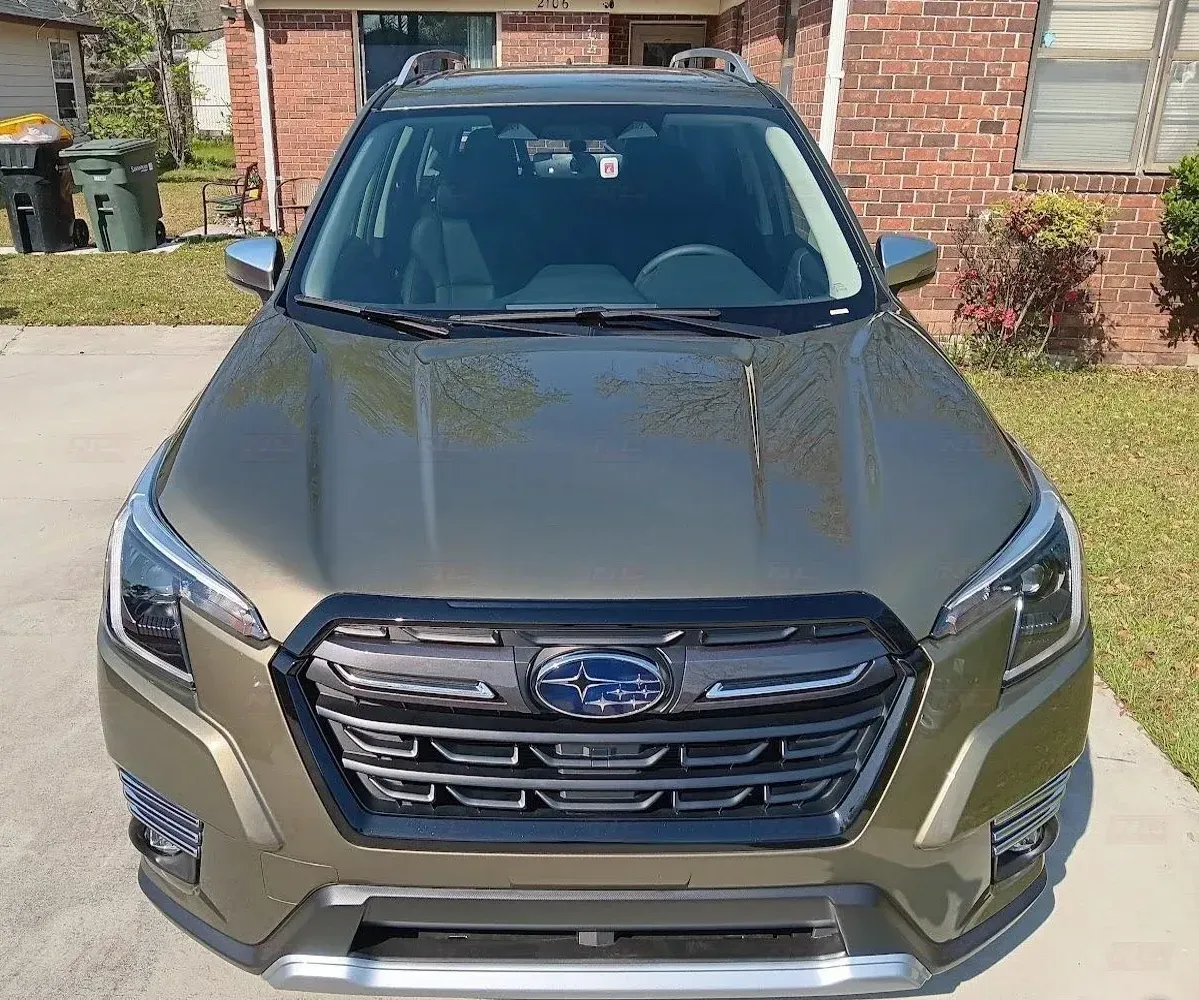
Chemical and Oxidation Defense
Vehicles face an onslaught of harsh chemicals in their environment, from bird droppings to tree sap, each capable of inflicting significant damage if left untreated. Ceramic coating stands as a formidable defense against these contaminants, creating a chemical-resistant shield that prevents them from bonding to the paint surface. This significantly reduces the risk of corrosion or staining, especially with substances like bird droppings, which can be highly acidic.
- Tree Sap: Known for being sticky and difficult to clean, tree sap can etch into paint over time. Thankfully, with a ceramic coat in place, these residues struggle to adhere, making cleanup much easier.
- Road Salt: A winter hazard, road salt accelerates corrosion and rust formation on exposed surfaces. The application of ceramic coating acts like a barrier against these corrosive elements, prolonging the lifespan of your vehicle's exterior.
- Bird Droppings: These acidic deposits can wreak havoc on unprotected paint, causing discoloration and erosion if allowed to sit. Ceramic coatings form a barrier that allows for easy removal before any damage occurs.
This proactive approach is essential for maintaining the aesthetic appeal and overall integrity of your vehicle. It’s not merely about keeping your ride looking shiny; it’s about preserving its value over time.
By implementing ceramic coating as part of your vehicle care routine, you're ensuring protection against the immediate threats of daily driving while also fortifying against long-term damage caused by environmental chemicals. As we transition from this protective measure, we'll now explore how it stacks up against alternative methods available for vehicle care.
Why Ceramic Coating Is The Best Defense Than Other Methods to Protect Your Vehicle?
When it comes to protecting your vehicle's paint, there are a variety of options available, each with its own merits and drawbacks. Understanding these can help you make an informed choice.
One of the most traditional vehicle protection methods is wax. While wax offers a shiny finish and some degree of protection, it necessitates reapplication every few months to maintain its effectiveness.
This frequent maintenance is a significant drawback of waxing. As the natural elements wear away the wax, your car becomes vulnerable to everyday damage such as UV rays, bird droppings, and road grime. In contrast, ceramic coating provides a resilient layer that can last anywhere from two to five years with proper care. This longevity is not only convenient but also ensures your vehicle stays protected without the need for constant touch-ups.
Final Words
Ceramic coating is an effective means of protecting your car from environmental damage. By providing a protective shield against UV rays, dirt, road salts, bird droppings, and other contaminants that cause wear and tear on paint jobs, ceramic coating can preserve its beauty while prolonging its longevity and appearance. At Northern Lights Home & Auto Coatings, our professional team uses only top-quality ceramic coatings so your vehicle receives superior protection with an attractive gloss finish.
Ready to give your vehicle maximum protection?
Reach out today by calling (912) 656-6947 or visiting
Northern Lights Home & Auto Coatings for more information on how you can safeguard your vehicle.
